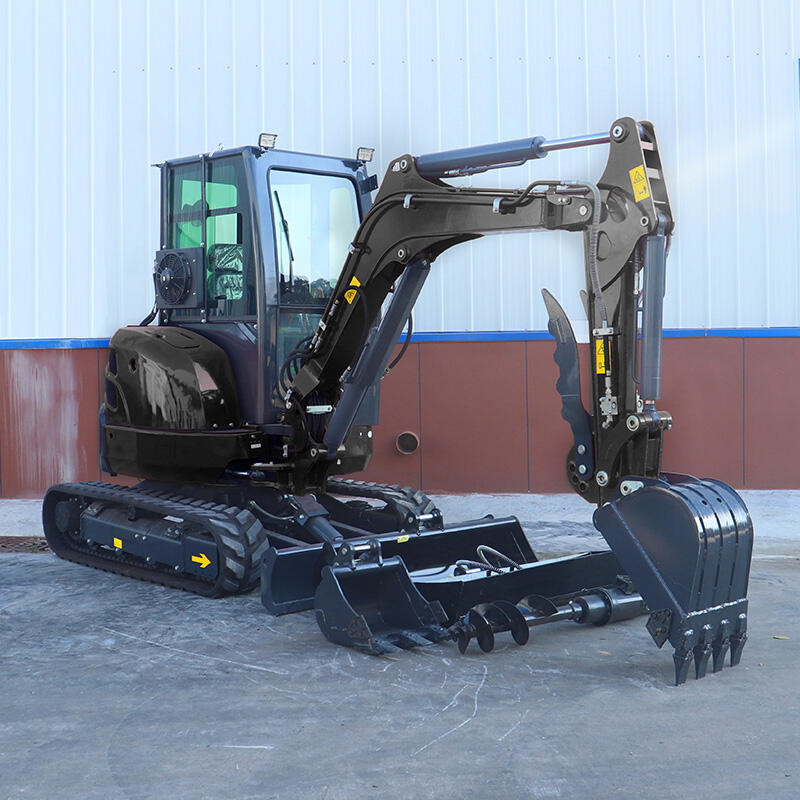Excavators are vital machines on construction sites, but they also come with significant risks due to their size, power, and the challenging environments in which they operate. To ensure operator safety and prevent accidents, excavators are equipped with various safety features that should be understood and used correctly by operators. Here are some essential safety features every excavator operator should be aware of:
Rollover Protection Structure (ROPS)
Excavators are often used on uneven or sloped ground, where there is a risk of tipping. The Rollover Protection Structure (ROPS) is a key safety feature designed to protect the operator in case of a rollover. This robust structure acts as a protective cage around the operator’s cab, preventing serious injury in the event of an accident. Operators should always wear their seatbelts when inside the cab to maximize the effectiveness of the ROPS system.
Anti-Fall Systems
Excavators typically require operators to access the machine’s cabin or maintenance areas frequently, which can pose a risk of falls. To mitigate this, modern excavators are equipped with anti-fall systems, such as anti-slip steps, handrails, and secure access platforms. These features are essential for preventing slips or falls when getting on or off the machine, especially in wet or muddy conditions.
Visibility Enhancements
Due to the size of the excavator, operators often have limited visibility, particularly when working in tight or crowded areas. To improve safety, excavators are often fitted with enhanced visibility features like rear-view cameras, sensors, and backup alarms. These systems help operators avoid collisions with obstacles, workers, or other equipment when reversing or maneuvering in narrow spaces.
Hydraulic Lockout System
The hydraulic system controls the movement of the excavator's boom, bucket, and attachments. For safety during maintenance or repair work, many excavators are equipped with a hydraulic lockout system. This system prevents unintended movements of the boom or bucket by locking the hydraulic functions, ensuring that the machine stays stationary while the operator works on it.
Load Monitoring Systems
Excavators are designed to lift and move heavy loads, and overloading can lead to tipping or mechanical failure. To prevent this, many excavators come with load monitoring systems, which provide real-time data on the weight being lifted. These systems help operators stay within the machine’s safe operating limits, ensuring stability and preventing accidents caused by overloading.
Emergency Stop Mechanisms
In case of an emergency or malfunction, excavators are equipped with easily accessible emergency stop buttons. These features allow the operator to quickly halt the machine’s operations and avoid further risks. It’s essential for operators to familiarize themselves with the location and function of the emergency stop mechanisms, ensuring they can respond rapidly in case of an emergency.
Operator Training and Awareness
The most important safety feature of all is a well-trained operator. Excavator operators must undergo thorough training to understand both the machine's operation and the safety features it’s equipped with. Proper training in hazard recognition, machine controls, and emergency procedures is crucial for minimizing risks and ensuring a safe working environment.
In conclusion, excavators are powerful and essential machines on job sites, but they come with inherent safety risks. By understanding and utilizing the safety features such as ROPS, visibility aids, hydraulic lockout systems, and emergency stop mechanisms, operators can significantly reduce the risk of accidents. Coupled with proper training, these safety features help ensure both operator and site safety.

 ONLINE
ONLINE